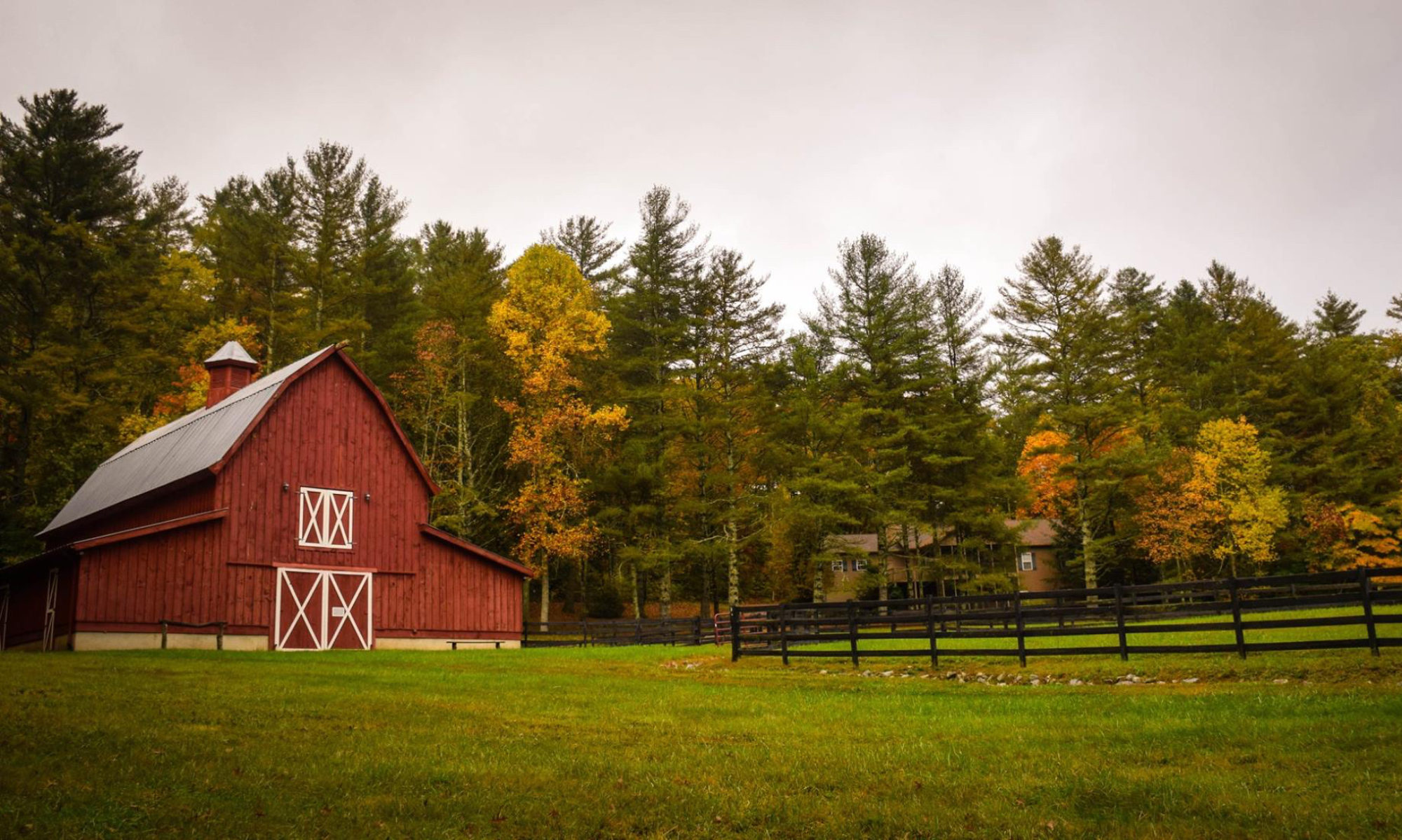In the days leading up to Thanksgiving last week NPR aired a series of in-depth stories on hunger in the United States.
All four stories were excellent (in that awful, terrible kind of way). If you didn’t hear them I draw your attention in particular to the one on hunger in the rural U.S.
Fifteen percent of the rural people surveyed are uncertain about getting enough food. […]
In Smyth County, Va., the Hankins family lives these statistics every day. Their rural home is near the town of Chilhowie, a place of plenty once. Chilhowie is a Cherokee word, meaning “valley of many deer.” Just up the road is Hungry Mother State Park, a place named for a local legend about a mother’s sacrifice for a hungry child.
Wreatha Hankins is a 37-year-old mom with three children and a working husband. She has resorted to extraordinary measures to make sure her family eats, including skipping meals herself, skipping medicine for epilepsy and chronic back pain, doing her own dental work, selling family heirlooms and scouring Smyth County for the cheapest food available. She searches for food bargains at dollar stores, flea markets, roadside stands and the nearly expired meat section at supermarkets.
“We’re the working poor,” Wreatha says. In fact, Robbie Hankins works full-time at a cement plant. Wreatha works part-time as a substitute teacher. Last year, the couple made $22,000. That puts them just below the federal poverty threshold for a family of five. But it’s too much for food stamps. The family does get a monthly, 125-pound box of groceries from a local food pantry. And the children get free lunches at school. Eating otherwise is sometimes a challenge. “It bothers me knowing that I don’t know whether we’re going to have food from one week to the next,” says Robbie.
The “food insecure” in rural places face special challenges. High gas prices make the hunt for cheap or free food expensive. Some rural people, especially the disabled and elderly, don’t have cars, or cars that run reliably. And grocery stores and food pantries are fewer and farther between.
But really you must listen to the story to fully appreciate the challenges. When you listen you’ll learn how, among other tactics to preserve their food budget, Wreatha has resorted to home-spun dentistry using candle wax to repair a damaged tooth.
Listen here. Give here, or to your local food relief agency.
